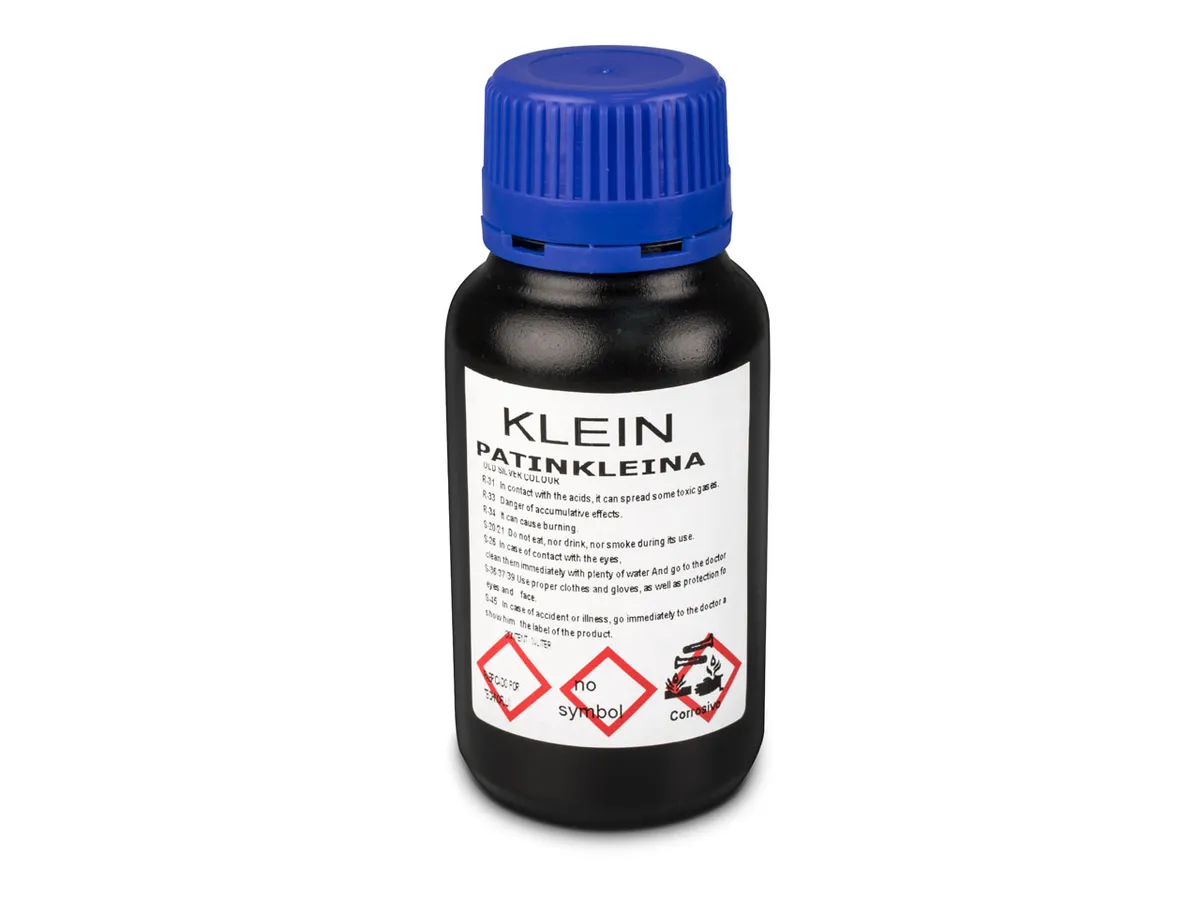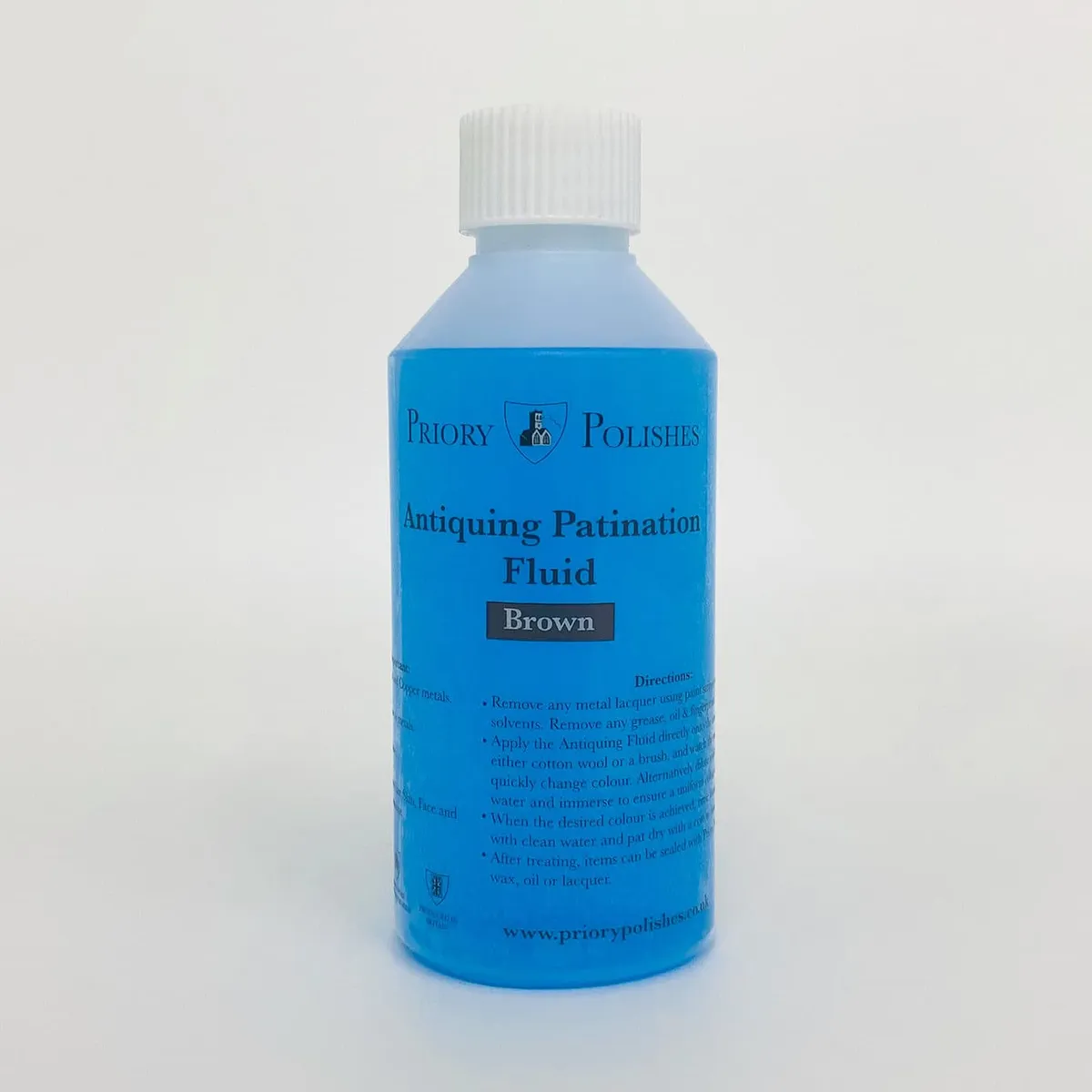What is patina?
The word patina derives from the Italianpatinato mean 'a shallow layer of deposit on the surface.' Now used to refer to any signs of ageing of an antique, whether it be fading, darkening, or oxidising, patination occurs on almost any material.
What causes patina?
Patina is caused by oxidisation when an antique is exposed to natural elements. The oxidisation occurs when the chemicals on the antique item begins to react with the oxygen, which is what causes the colour changes.
What does patina look like?
The appearance of patina varies greatly depending on the age and materiality of an antique, ranging from the green rust we see on a copper doorknob to the deep, rich tones of wooden furniture.
Patina on copper, brass and bronze
Bronze and copper antiques possess a patina sometimes called verdigris. Characterised by its green appearance, this patina is formed by a chemical reaction between these metals with carbon dioxide and water.
This patina takes many years to acquire, but antiques in damp areas or near large bodies of water will show signs of ageing faster than those in drier climates - a helpful clue to figuring out where your antique has come from.
Patina on precious metals
As opposed to taking on the green shades of antique copper, brass and bronze, patina of precious metals appear darkened and matte. However, this process takes much longer.
Patina on wood
Wood patina takes a similar course of development as precious metals. When natural wood, without paint or sealer, is left to the elements, the wood takes on a deep, rich colour. As the patina develops, the natural grain and patterns of the wood are also made more apparent.
Should I clean patina off my antique?
Patina is an important characteristic that auctioneers look at to determine the age and authenticity of an antique, so if you're looking to sell your piece and unsure whether to clean the patina, its best to leave it for now.
Its safer to preserve the patina until your antique is appraised and you know for sure whether this aged characteristic makes the piece more valuable.
How to add patina to a piece
If you're looking to give some of your pieces a naturally aged look, choose from one of these products for a quick and effective way:
Artisan Copper Patina Effect, £8.50, from Craig & Rose
Buy artisan copper patina effect from Craig & Rose

Patina Oxidising Solution, £23.03, from Cooksongold
Buy patina oxidising solution from Cooksongold

Metal Antiquing Patination Fluid, £12, from Priory Polishes
Buy metal antiquing patination fluid from Priory Polishes

Pebeo Deco Verdigris Patina Kit, £18.55, from Pullingers
Buy pebeo deco verdigris patina kit from Pullingers

Books about patina
Learn more about the process of patination or learn how to decorate with patinated pieces with the help of these books.
Patina: 300+ Coloration Effects for Jewelers & Metalsmiths, £49.85, from Amazon
Buy Patina: 300+ Coloration Effects for Jewelers & Metalsmiths from Amazon

Patina Style, £27.50
